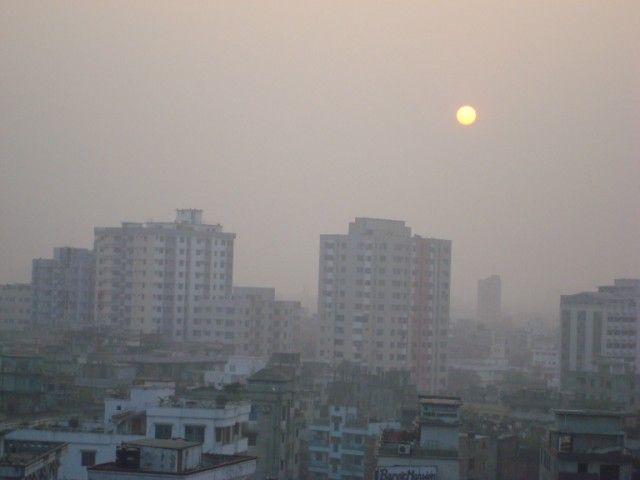Pollution rise in Asian cities
There has been a rapid rise in air pollution from fossil fuels and biomass in much of South Asia according to experts in the Indian Meteorological Department.

There has been a rapid rise in air pollution from fossil fuels and biomass in much of South Asia according to experts in the Indian Meteorological Department. Worsening winter smog has ensued with parts of Bangladesh, Nepal and India being affected so drastically it has cut out sunlight for hours and reduced city temperatures.
"Since 1990 onwards, there has been increase in the number of [smog-affected] days in northern India," says BP Yadav, director of the department. "It is not a linear trend showing an increase every year. There are, of course, year-to-year fluctuations. But there are more years that have seen dense fogs."
Some researchers are now taking this research a step further and looking at whether the change in conditions has had any significant health implications. They believe that some deaths reported as the result of cold weather may actually be related to respiratory conditions associated with the smog.
The smog, apart from having drastic health consequences – is also affecting business, with the visibility badly affecting travel in the cities and reducing the working day in some cases.
In Bangladesh, the increase in smog can be put down to not just an increase in vehicles, industry and dust, but also due to the massive increase in brick kilns in the country.
There are some moves to rectify the situation, with measures being taken to tackle the rise in brick kilns, but the problem is also meteorological, in that the cold fronts from the north-east push the boundary layer for pollutants much lower, trapping them in the lower atmosphere and accentuating the effect of the pollutants that are already there.






